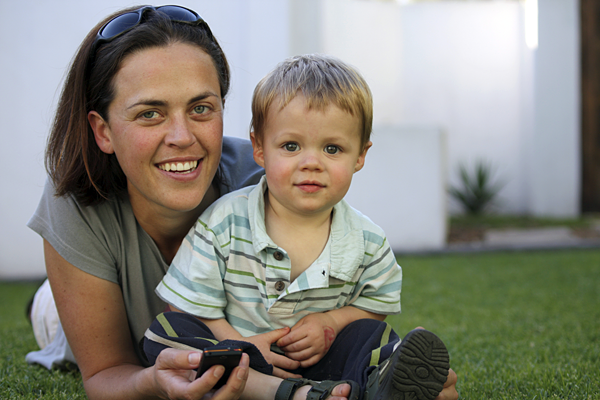First thing every morning, Lynn Pitet, of Cody, Wyo., checks her computer to see whether her mother, Helen Trost, has gotten out of bed, taken her medication and whether she is moving around inside her house hundreds of miles away in Minnesota.
Last summer, Trost’s husband died, but she wanted to stay in the house, in Mankato, where she had lived for 36 years. She did not want a live-in helper, and she cannot drive. At 88, Trost has macular degeneration and takes medications for seizures, memory loss and restless-leg syndrome.
“She’s a feisty gal,” Pitet said of her mother. “She is fine when she takes her medicines, but, even so, I was terrified of leaving her alone.”
Pitet and her sister decided to become part of a small but growing number of people who have installed motion sensors and a remote monitoring system to keep aging relatives safe. Sensors attached to the wall register when Trost gets out of bed and whether she stops at her medication dispenser, and alert her daughters to any deviations from her routine that might indicate an accident or illness. The family is updated by an electronic report every morning.
Monitoring systems such as these, which go far beyond the emergency-response buttons that have been around for years, are not found in many homes yet.
Privacy is an issue for some older people, and the basic package can range from $50 to $85 a month for the motion sensors and remote monitoring system like Trost uses. More comprehensive packages can include devices to track blood pressure, weight or respiration.
Experts on aging said the systems will become commonplace as the 76 million baby boomers approach ages when disabilities or such things as diabetes and failing eyesight jeopardize the ability to live independently.
The population of those 65 years or older is almost 40 million, and the federal Census Bureau says that will more than double, to nearly 87 million, by midcentury.
There is little federal health-care reimbursement for such devices, and private insurance coverage is just beginning to evolve because the area is new, said Dr. Jeremy Nobel, a professor at the Harvard School of Public Health who co-wrote a study on the feasibility of such technologies. “I expect we’ll see a significant increase in the adoption of such systems in two to five years, and widespread adoption in 10 years.”
The coming wave of aging Americans threatens to swamp the existing stock of retirement communities, assisted-living and nursing-home facilities, making it impossible to accommodate everyone who will need, or want, more structured care.
Experts on aging said motion sensors and other high-tech devices will help cover the shortfall, allowing older people to live independently for longer.
Technology systems to underpin living independently, or what some call “aging in place,” are years from being rolled out in a big way.
But projects around the country are testing high-tech gadgets for home use, including wireless sensors and devices to regulate temperature, lights and appliances, and sophisticated medical monitors.
One major roadblock for wider adoption of in-home monitoring has been concern that older people, unused to everyday technologies such as the Internet, would resist their use.
That was true for Trost, who said she was apprehensive about having electronic gadgets around but said she had found “they are really no bother.” A survey by AARP found that older people were willing to use high-tech devices at home, and to pay about $50 a month.
The privacy issue made John Fowlkes, 86, of Raleigh, N.C., hesitate last year when his children wanted to install a motion-sensor system.
“What convinced me was that there are no cameras,” said Fowlkes, a retired postal-service distribution clerk who lives by himself in an apartment building for retired people. “I get peace of mind, but no one is looking at me.”
